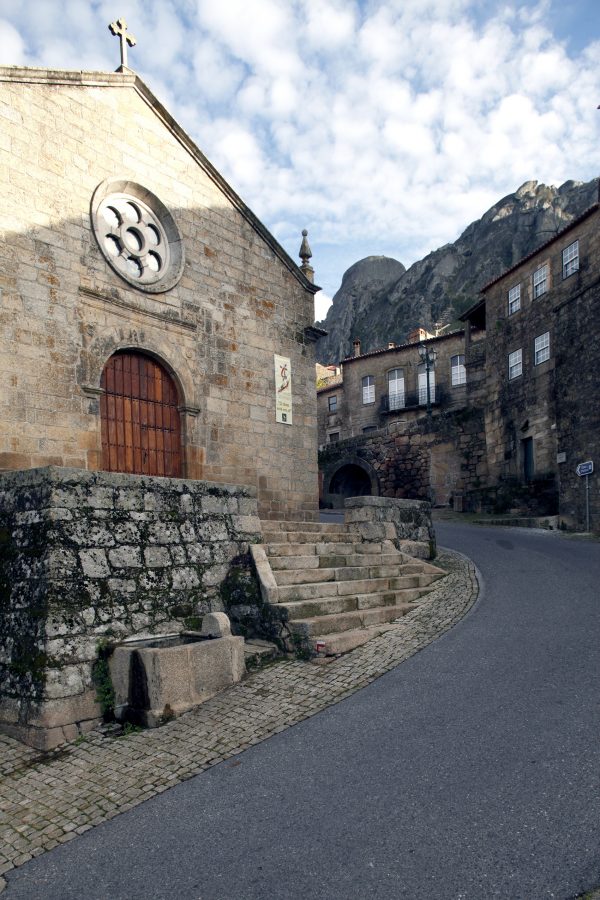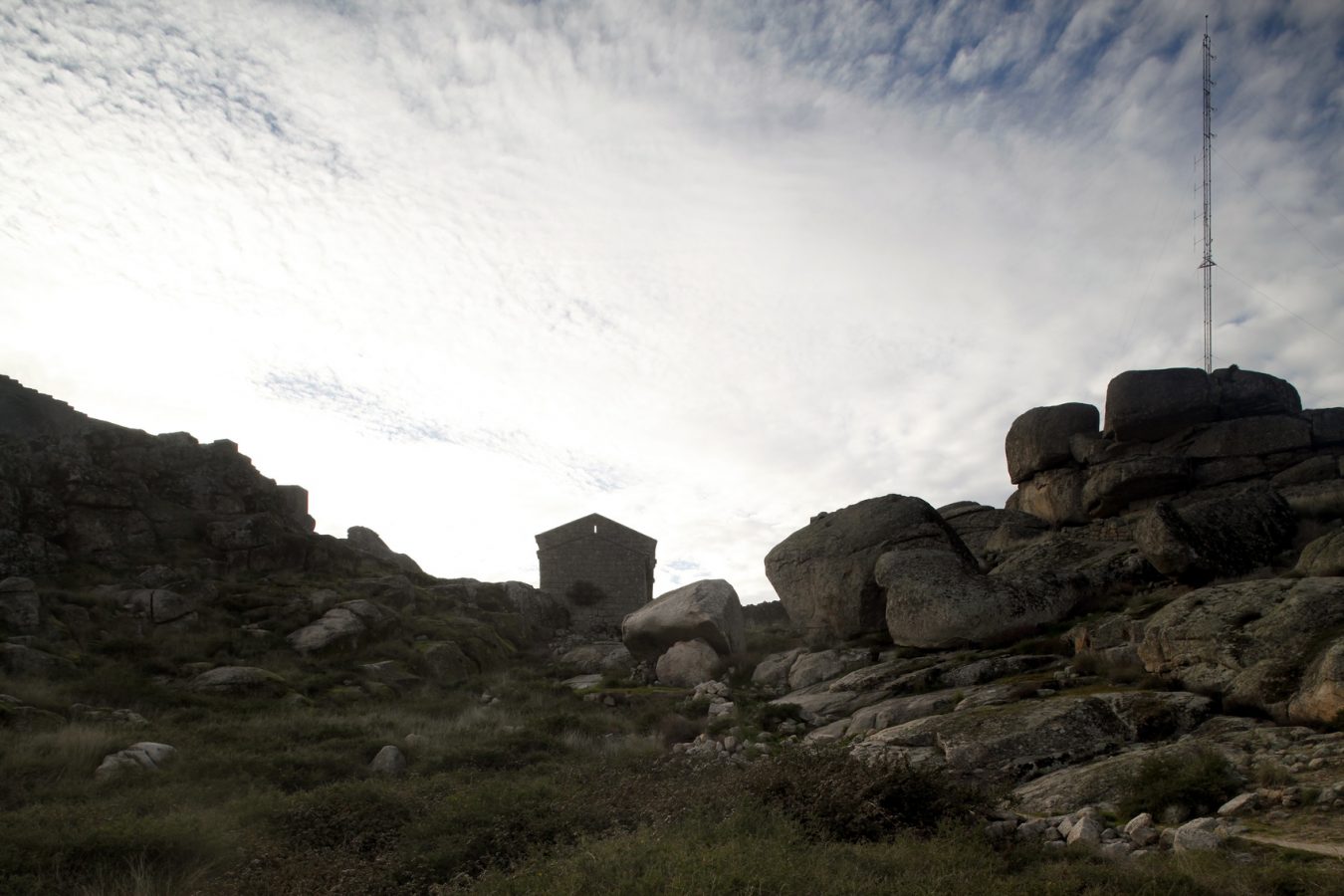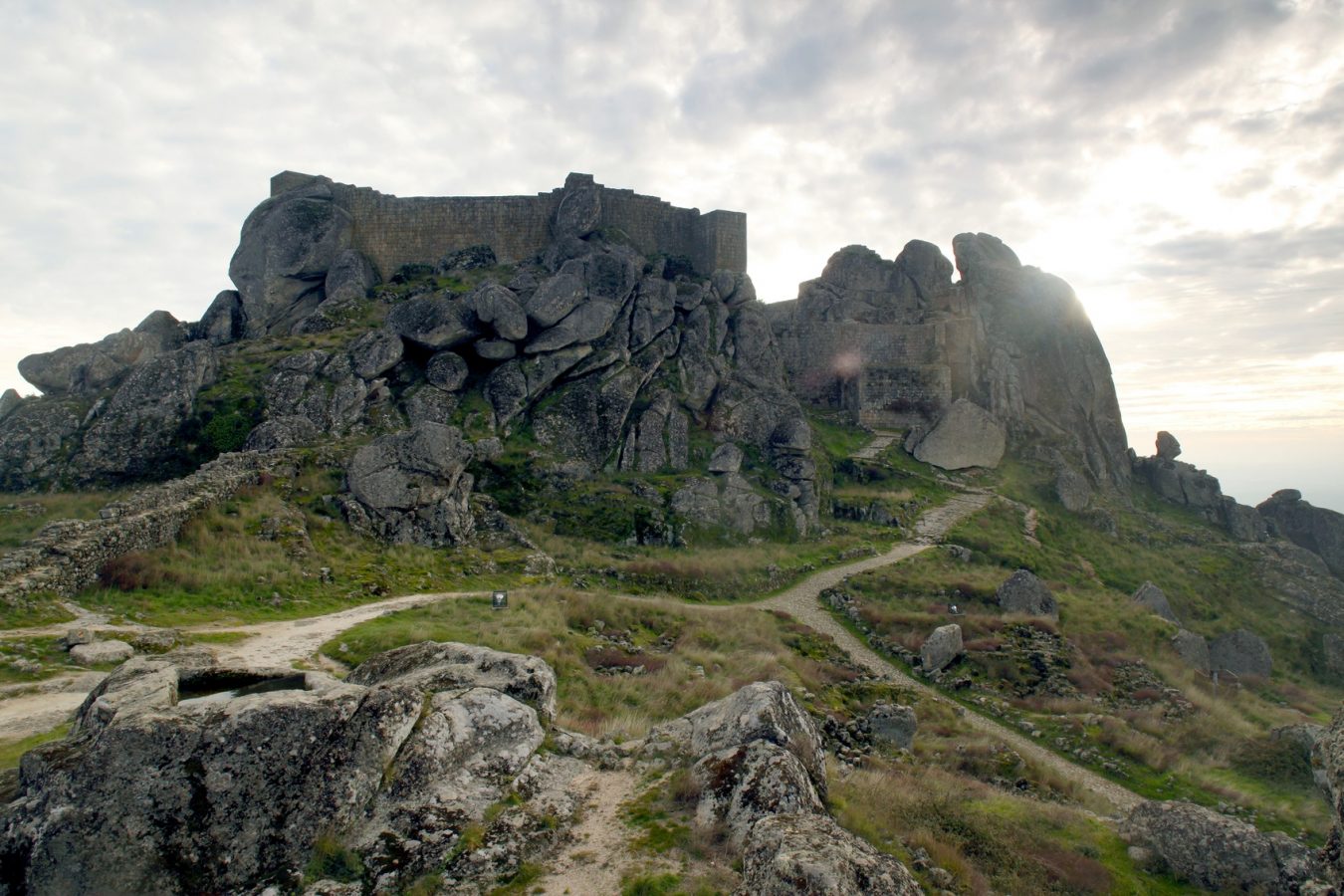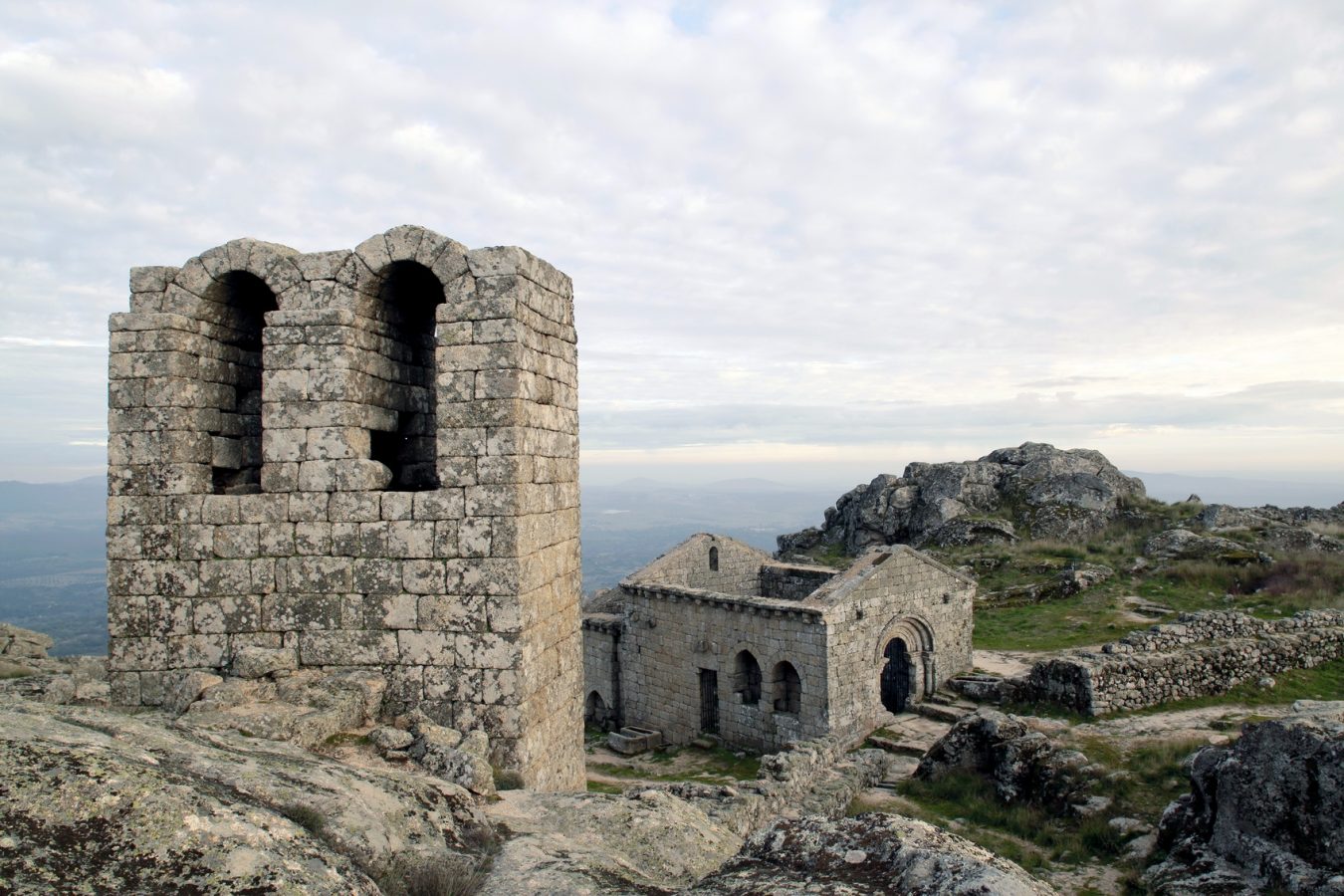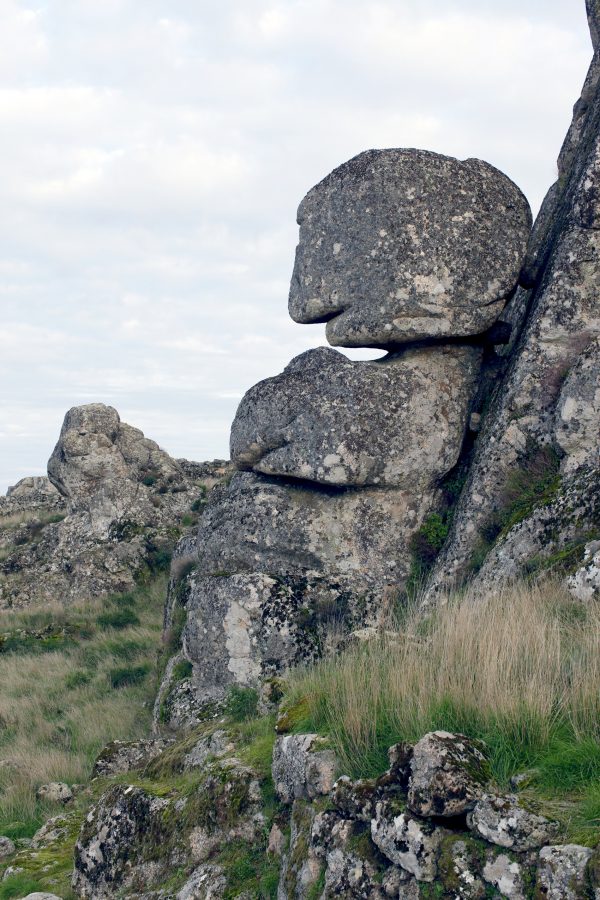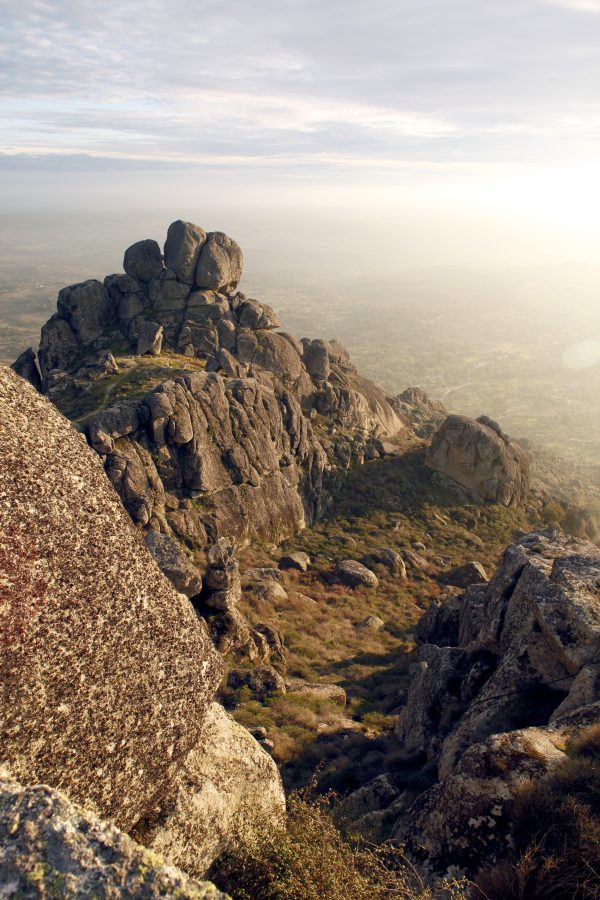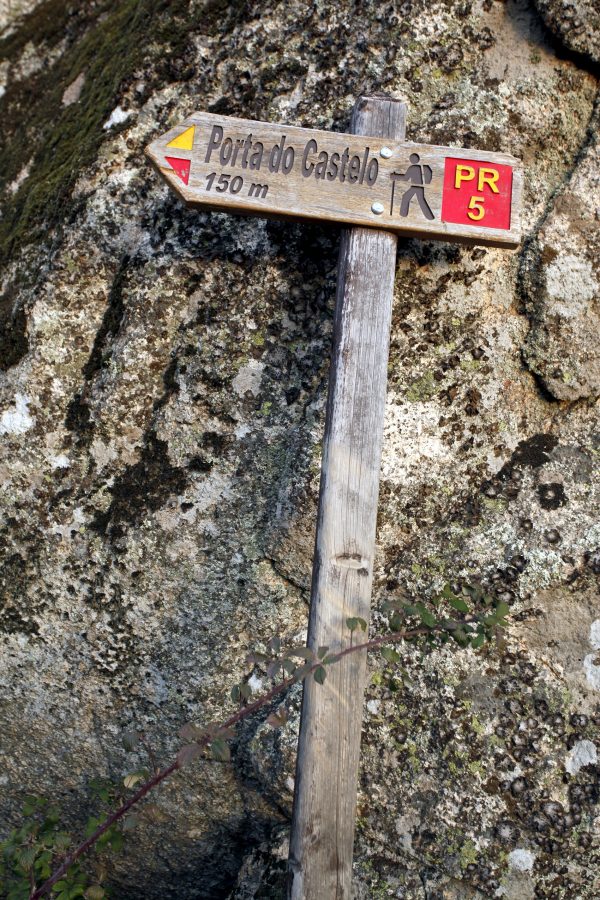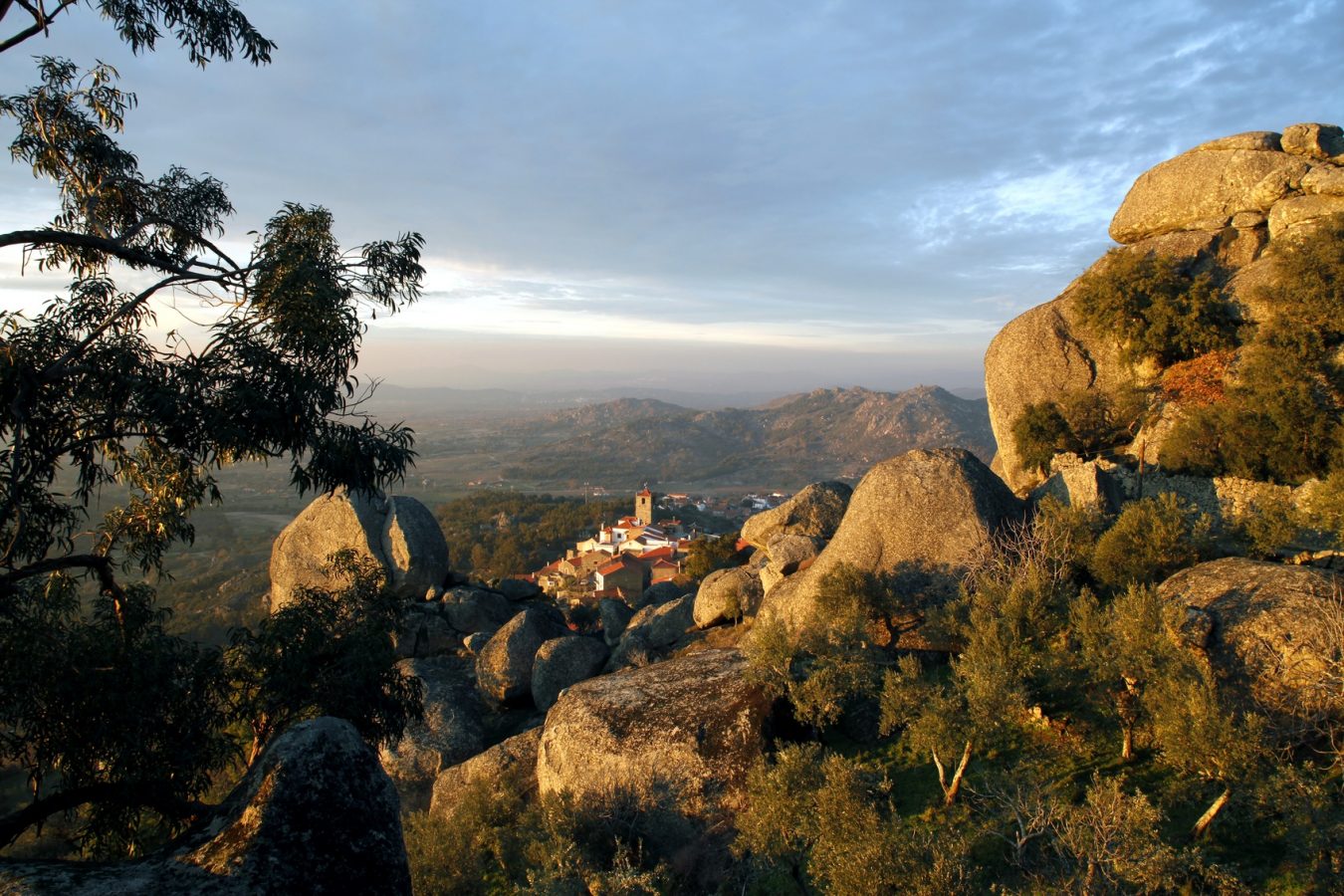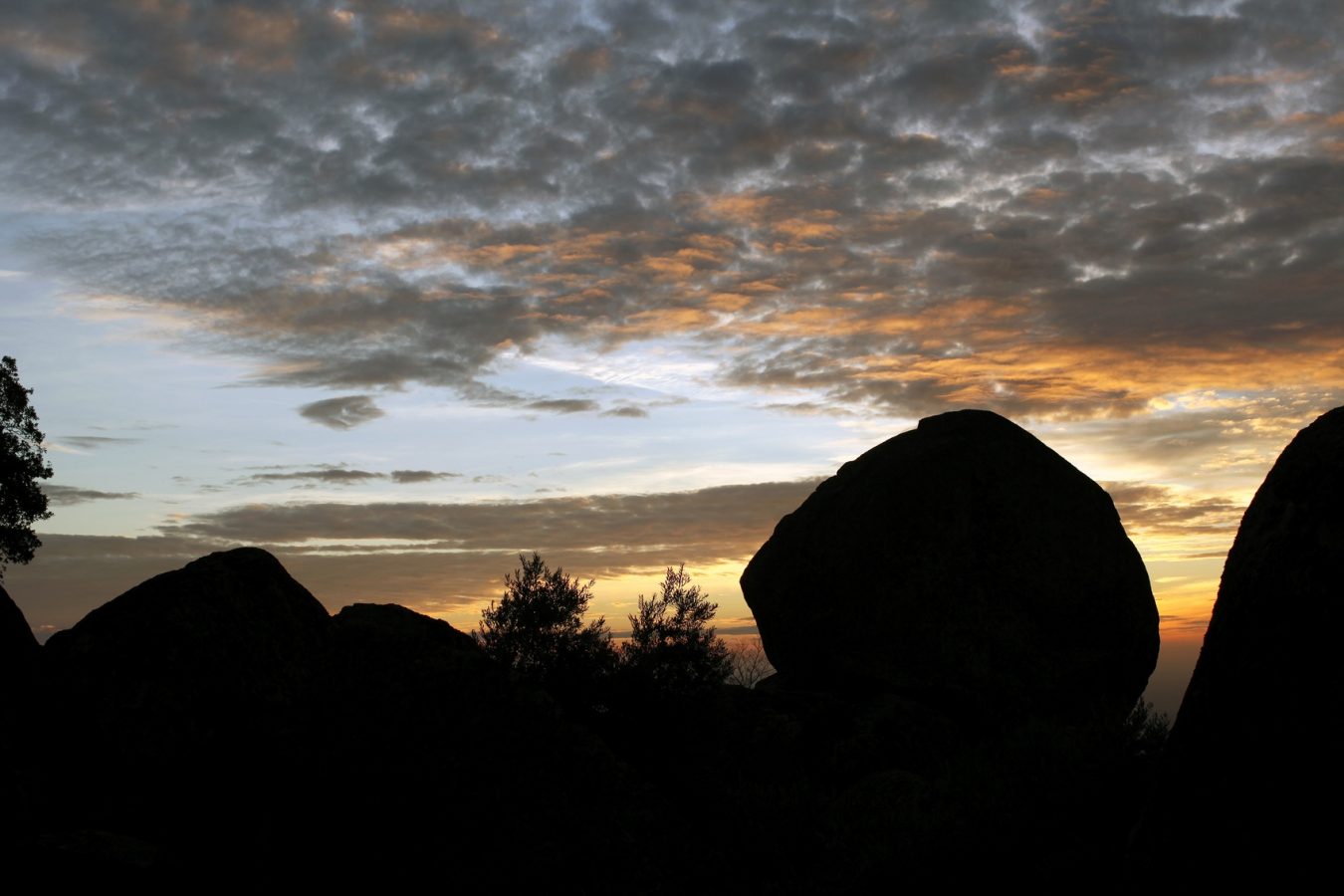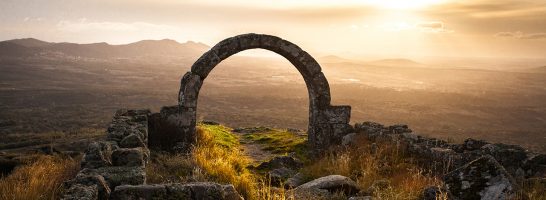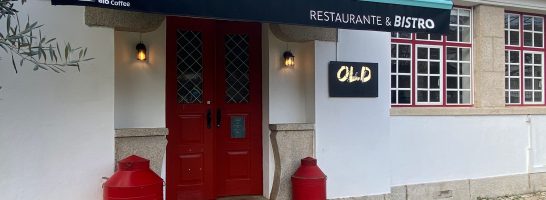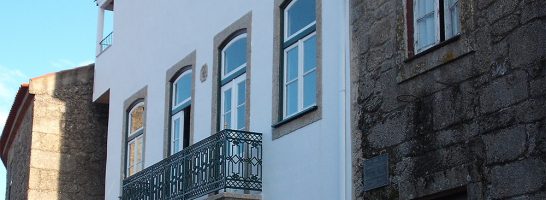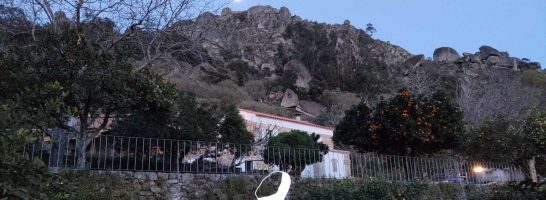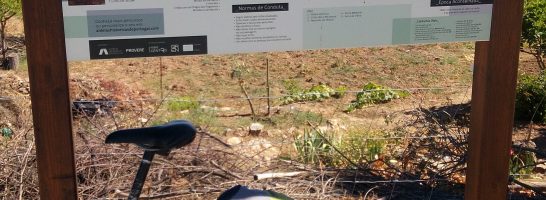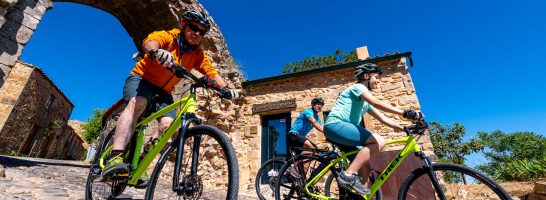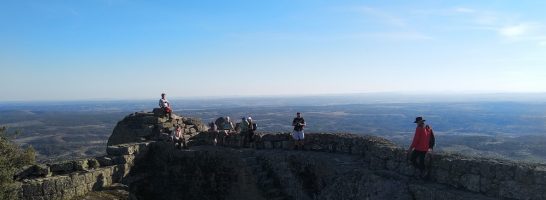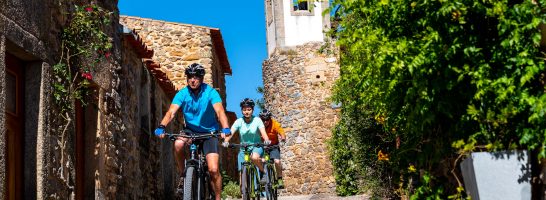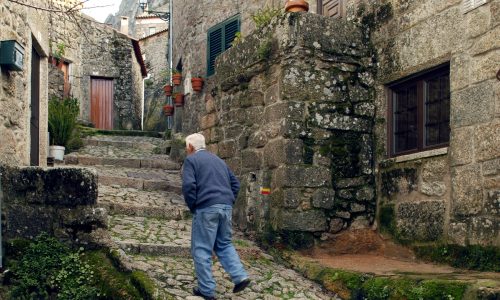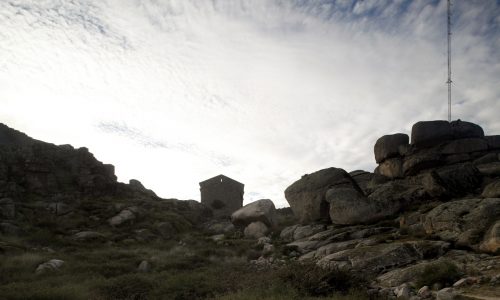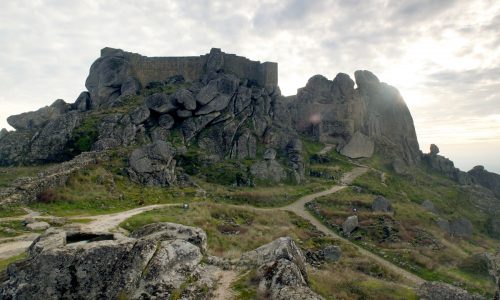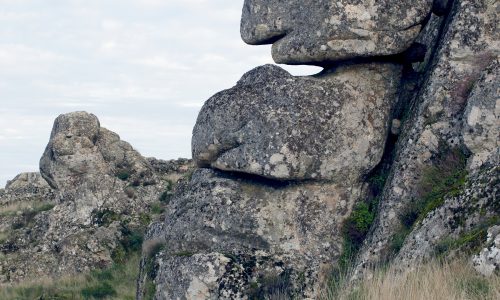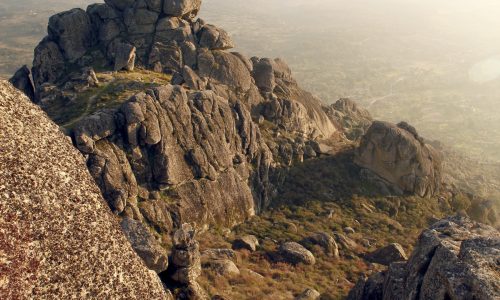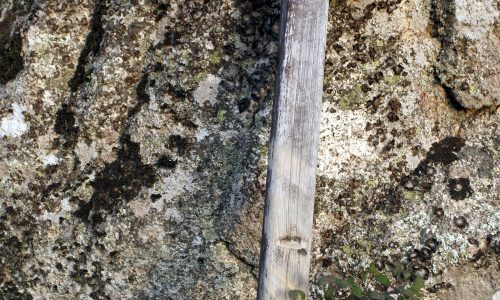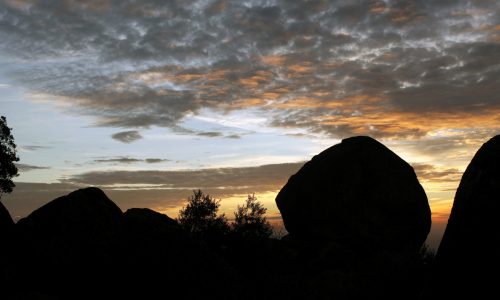Monsanto
Perched on a hilltop that oversees all the surrounding horizons, the village of Monsanto has a unique charm that has earned it two titles in the 20th century – the Most Portuguese Village in Portugal in 1938 and Historical Village in 1995. Monsanto is one of the region's main tourist attractions and offers visitors a unique experience. It was granted charters by King Afonso Henriques, King Sancho I, King Sancho II and King Manuel. The oldest part is also the highest point, where the Knights Templar built a wall with the donjon.
History
Our history your time
Monsanto situa-se a nordeste das Terras de Idanha, aninhada na encosta de uma elevação escarpada - o cabeço de Monsanto (Mons Sanctus) - que irrompe abruptamente na campina e que, no seu ponto mais elevado, atinge 758 metros. Pelas várias vertentes da encosta e no sopé do monte, existem lugarejos dispersos, atestando a deslocação populacional em direção à planície. Trata-se de um local muito antigo, onde se regista a presença humana desde o paleolítico. Vestígios arqueológicos dão conta de um castro lusitano e da ocupação romana no denominado campo de S. Lourenço, no sopé do monte. Vestígios da permanência visigótica e árabe foram também encontrados. D. Afonso Henriques conquista Monsanto aos Mouros e em 1165 faz a sua doação à Ordem dos Templários, que sob as ordens de D. Gualdim Pais, mandou edificar o Castelo. O primeiro Foral foi concedido por este rei em 1174, sucessivamente confirmado por D. Sancho I (1190) e D. Afonso II (1217). A D. Sancho I se deve também a repovoação e reedificação da fortaleza, desmantelada nas lutas contra Leão, novamente reparadas um século depois, pelos Templários. D. Dinis deu-lhe Carta de Feira em 1308, a realizar junto da ermida de S. Pedro de Vir-a-Corça. El-Rei D. Manuel I outorgou-lhe Foral Novo (1510) e deu-lhe a categoria de vila. Em meados do séc. XVII, D. Luís de Haro, ministro de Filipe IV, tenta o cerco a Monsanto, sem sucesso. Mais tarde, no início do século XVIII, o Duque de Berwick cerca também Monsanto, mas o exército português, comandado pelo Marquês de Minas, derrotou o invasor nos contrafortes da escarpada elevação. Em 1758, Monsanto era sede de concelho, privilégio que manteve até 1853. No século XIX, o imponente Castelo medieval de Monsanto foi parcialmente destruído pela explosão acidental do paiol de munições. Convida-se para uma visita ao que resta do poderoso Castelo na escarpada encosta onde se pode observar a alcáçova, a cintura de muralhas e torres de vigia, bem como as belíssimas ruínas da Capela de S. Miguel do séc. XII, e a Capela de Santa Maria do Castelo. A gloriosa resistência aos invasores (romanos ou árabes - não se sabe bem) comemora-se na Festa de Santa Cruz, deitando-se das muralhas do castelo simbólicos cântaros com flores, levando as mulheres ao cimo das torres as tradicionais bonecas de trapos - as marafonas. A Capela de S. Pedro de Vir-à-Corça ou Ver-a-Corça, Imóvel de Interesse Público, situada na base do monte nos arredores da povoação, entre os lugares de Eugénia e Carroqueiro, é um templo românico construído em granito, datando provavelmente do séc. XIII, em que se destaca uma rosácea. Em seu redor se realizava a feira autorizada por D. Dinis em 1308. A Estação Arqueológica romana de São Lourenço, Imóvel de Interesse Público, situada na Freguesia de Monsanto, corresponde presumivelmente a uma vila romana que integra um complexo termal. São também conhecidos quatro túmulos romanos em granito. Perto do local das ruínas, vê-se também um troço de pavimento.
What to see
Where to eat
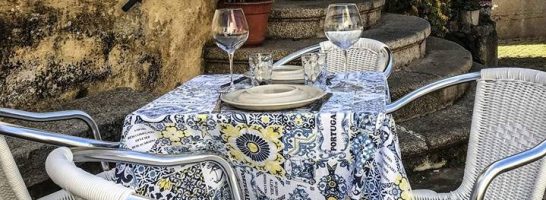
Casa da Velha Fonte
Where sleep
What to do
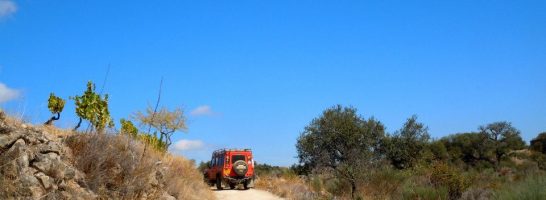
Adventure and nature trips
We are a registered tour operating company and we base our activity on the values of legal compliance, nature protection and sustainability. We operate according to the Portuguese legislation and we hold a special accreditation from the Institute of Nature Conservation and Forests allowing us to drive inside Nature Parks and other protected areas (where permitted)- We are members of the Natural.pt brand (www.natural.pt), reserved for companies who adhere to the programme. Following the recent pandemic we got our Clean & Safe seal from the Tourism Authority signifying our compliance with the official health requirements for the prevention and control of infections. Our trips are much more than just going from A to B and we distinguish ourselves for having a higher purpose: the knowledge and promotion of the historical, cultural and environmental heritage of Portugal, so that in the end our guests will have lots of stories to tell. In each new journey through some of the most beautiful and remotest places in mainland Portugal, we discover a unique, authentic and truly surprising country with a sense of adventure and discovery that enriches us as human beings. Our offer is based on a personalised service with tailor-made trips meeting the personal interests of our guests. We are constantly exploring and spending countless days on the ground in contact with the local people and organisations in search for the best places of interest and the best routes. As a result of this research, we have acquired a deep knowledge of the whole country which allows us to give our guests a renewed level of novelty and differentiation in each event. During our events we privilege the contact with nature in a legal and responsible manner, with the aim to reduce the impact of our passage, by working with official entities and other environmental organisations. Every year we plant many autoctonous trees in an effort to make Dream Overland a carbon-neutral company, an action that our customers can support and partake in. With our trips we contribute to the social cohesion and economic sustainability of local communities, through the knowledge and promotion of their traditions, handicrafts, produce and local heritage.

